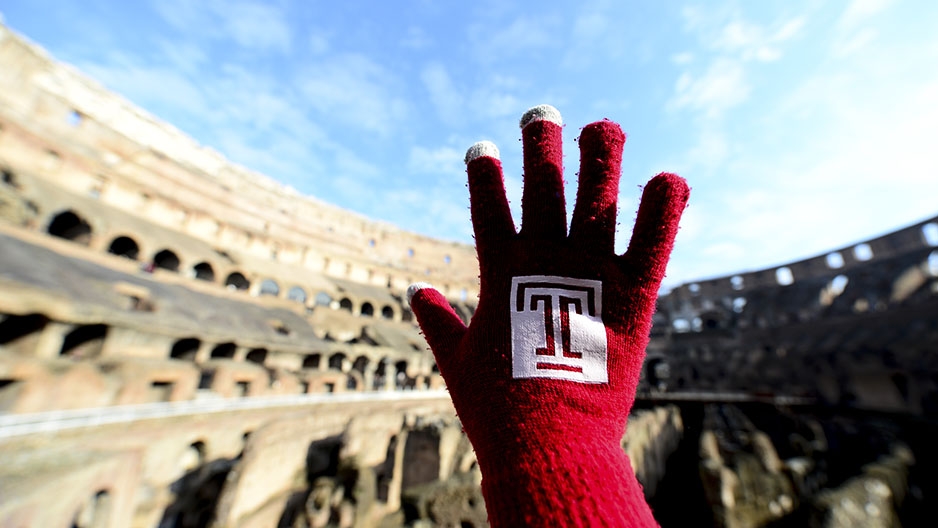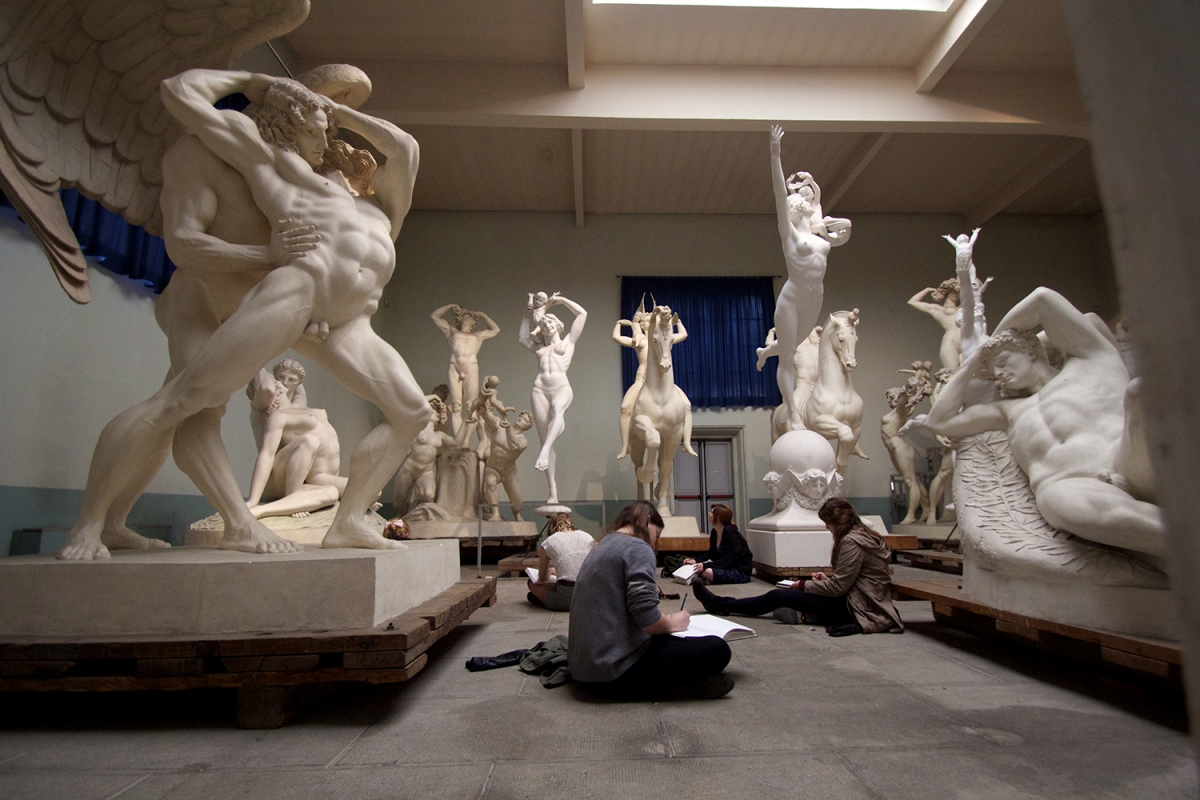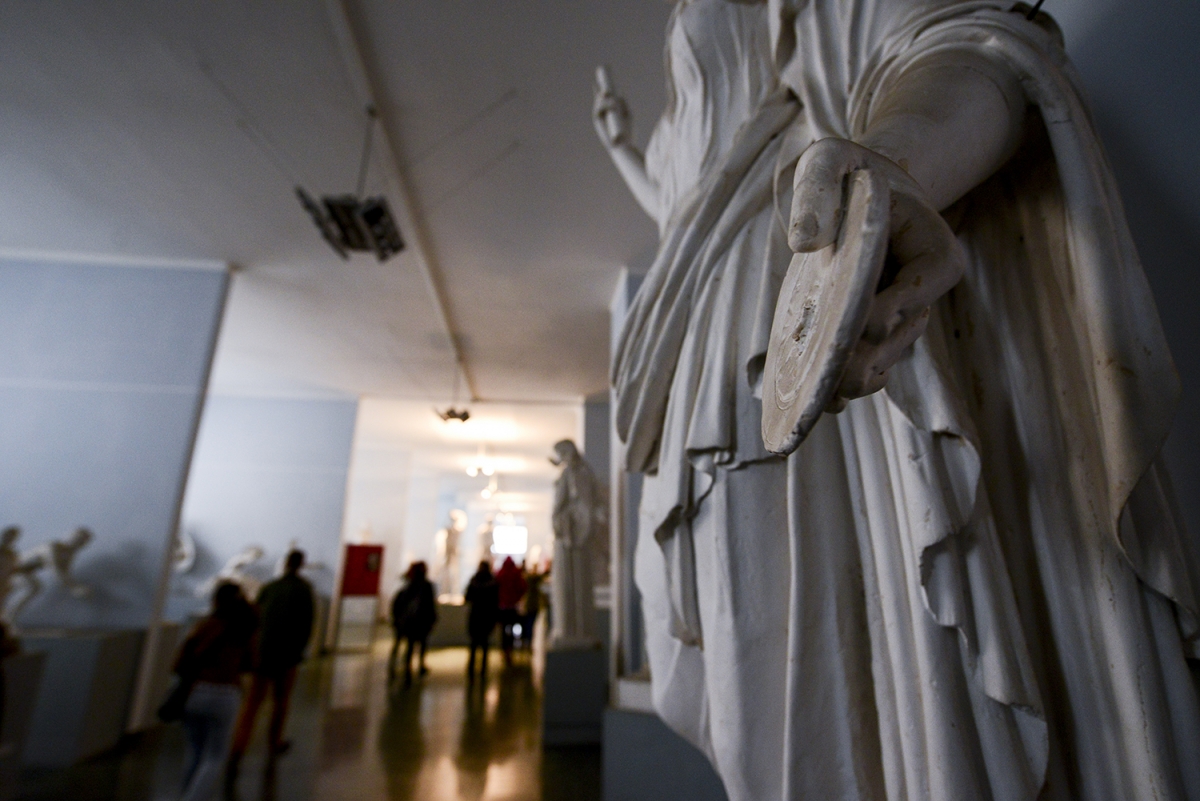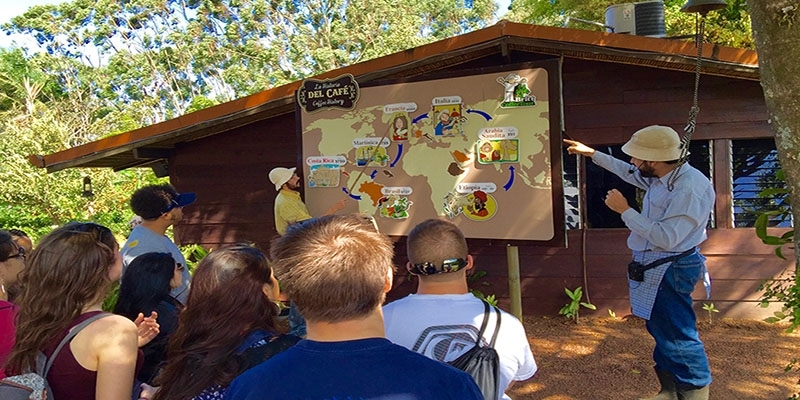Temple University Rome celebrates 50th anniversary
The golden anniversary celebrates Temple’s global impact and five decades of culture, growth and success.

Imagine this—It’s 1966 and you’re embarking on a ship bound for Italy. You’ve never left the U.S., but you’re crossing the Atlantic to study in Rome. You and 19 others are going to be the first group of students to walk through the gates of the Villa Caproni and into Temple University’s Tyler School of Art.
Flash forward 50 years to Rome in 2016. Students arrive by passenger jets. The fragrance of fresh espresso still fills the air, but now the smell of Turkish kabobs floats by with the breeze. The Villa Caproni stands strong, but it doesn’t host a small extension of Tyler—it’s home to Temple University Rome, one of the longest standing and most prestigious American programs in Italy.
A program that started with 20 now boasts more than 12,000 alumni. They’ve all passed through the Villa Caproni’s gates, had their “oh, my” first taste of gelato and a transformative experience in Rome.
It’s Temple Rome’s 50th anniversary and the university plans to celebrate with vigor. While it’s a notable milestone, this celebration is about more than just age. With culture-craving students, dedicated faculty and an undeniable connection to Italy, a quiet art school transformed into a highly regarded interdisciplinary university in the heart of one of the world’s paramount cities.
A year of festivities
So whether you’re curious about studying at Temple Rome or long to return, the Temple University Rome 50th Anniversary committee and Temple’s Education Abroad and Overseas Campuses team have scheduled a year’s worth of lectures, art exhibits, fairs, reunions and lectures to satisfy your need. It starts this month in Philadelphia with the Festa di Roma during Study Abroad Week and culminates in Rome with a weeklong anniversary bash next May. Check out all of the Temple Rome 50th anniversary events on the university calendar.
Courtesy of Education Abroad and Overseas Campuses
At the heart of it
The history of Temple Rome is the compilation of the stories of our alumni and faculty and how they were transformed by their experience here says Temple Rome Dean Hilary Link.
“Each alumnus has a life-changing story. There’s no way you can come here without having your perspective on your life and your place in the world changed,” said Link. “There’s historical layering from the antiquities to modern day that you can only get in Rome. Yes, it’s chaotic; it’s decaying. But it’s beautiful because of the decay.”
For Mark Shetabi, associate professor and chair of painting, drawing and sculpture, the discovery of Rome time revolutionized his life as a teacher in the eternal city. He was able to slow down, dig in and explore the complexity of Rome’s layers.
Every morning throughout the fall 2015 semester he would walk to the market to fill his bag with figs, strawberries and clementines. He’d grab an espresso before heading to his studio to paint. Students would pop in and out—everyone would find themselves in the studio, not just the art students.
“It’s an ideal space,” says Shetabi. “All of the students, Tyler and non-Tyler, talk to each other.”
That’s the magic of Rome—anyone can interact with the layers of history, disciplines and people. It’s how Shetabi and his students bumped into the Pope—with only one bodyguard in tow—one afternoon while he was shopping for new eyeglasses. All students have access to incredible opportunities, whether they are business, art, engineering or history students.
“We’re thinking about the bigger themes and how the disciplines come together around them: immigration, sustainability, memory and modernity,” says Link. “It makes it all more tangible for students.”
Link, who comes from a literature and art background, notes that the two are always intertwined. Temple Rome is exploring how other disciplines can overlap, such as looking at immigration or sustainability through art and history.

Courtesy of Education Abroad and Overseas Campuses
Kevin Yu, Class of 2017, says that while Rome is a great city for art, it’s an interesting city for other subjects.
He explains that the current economic climate has been difficult for Rome and Italy, but to get a view from an inside perspective provides an unparalleled learning environment .
“With its wealth in history, business is finding its identity with modern historical allure,” says Yu.
As a business major, Yu had a marketing internship with an architectural and design firm that was eager to have an American perspective during their efforts to improve their website.
“Studying and interning in Rome sets you apart,” says Yu. “It shows that you’re adaptable, perform well under pressure and that you like to try new things.”
Shetabi explains that Villa Caproni looks, undeniably, like an art school. But, Link, Shetabi, Yu and all of the people that Temple Rome has touched, know that art is just the start of it. Like Rome itself, Temple Rome has layers and with age and evolvement, continues to grow and diversify. In fact, an engineering program will launch at Temple Rome in the spring. This anniversary honors the university’s past, its journey and its future. Join us!


